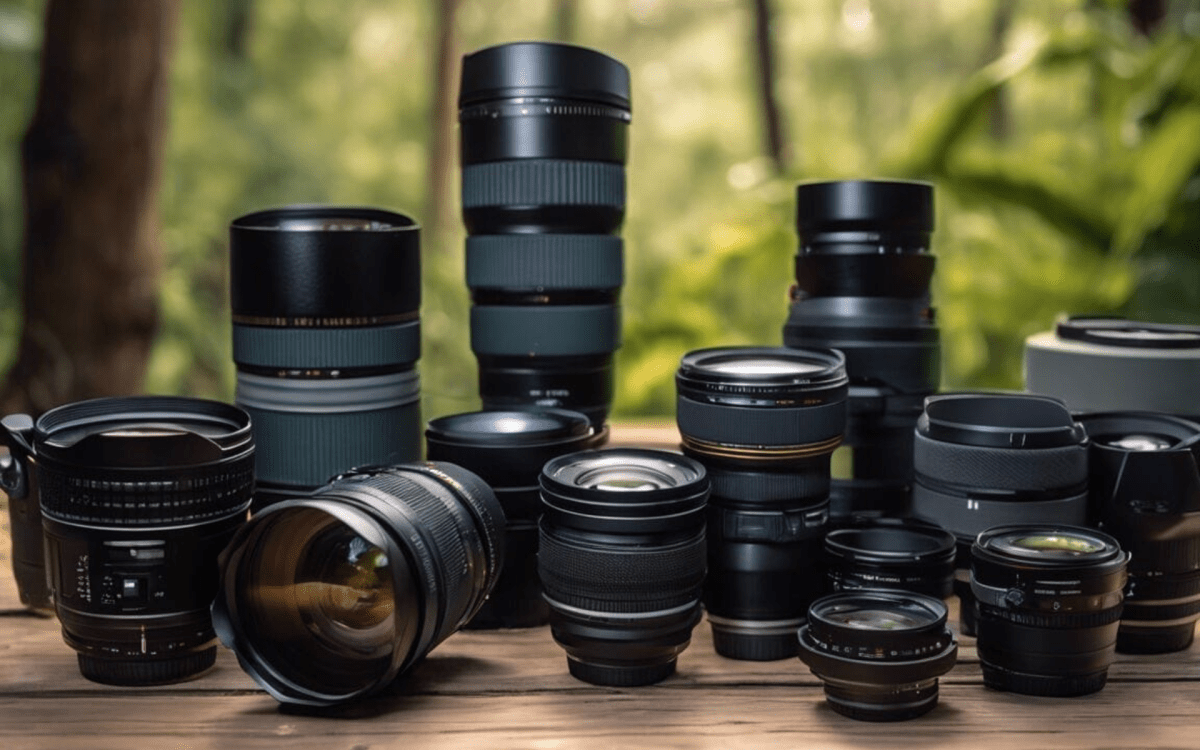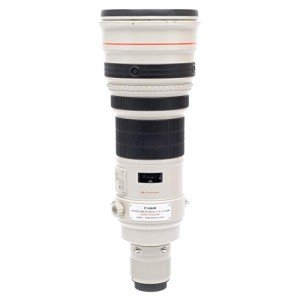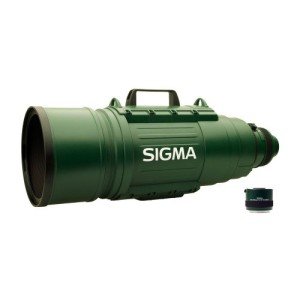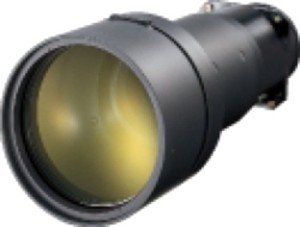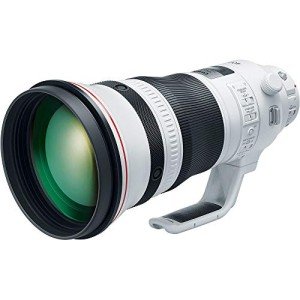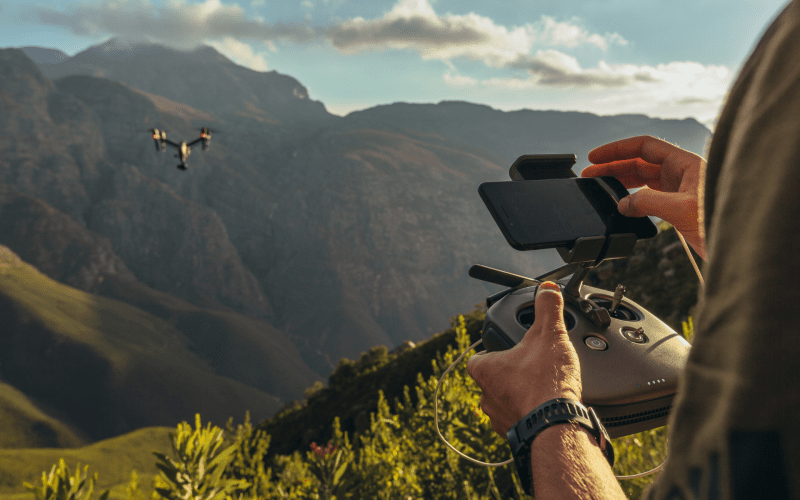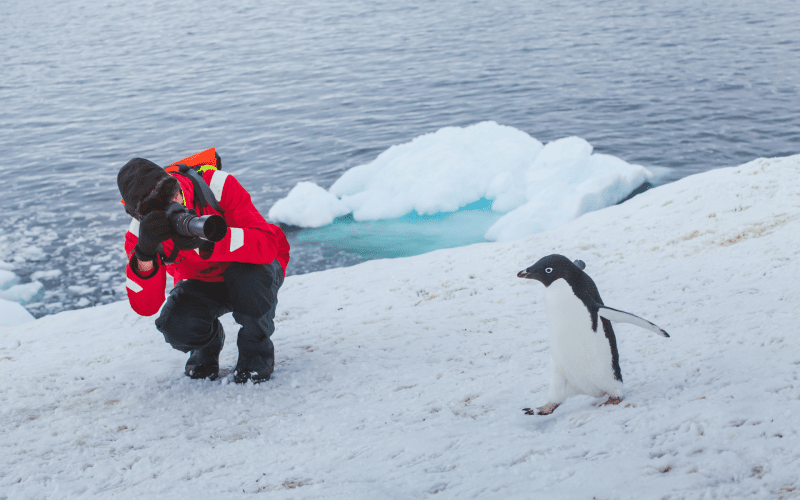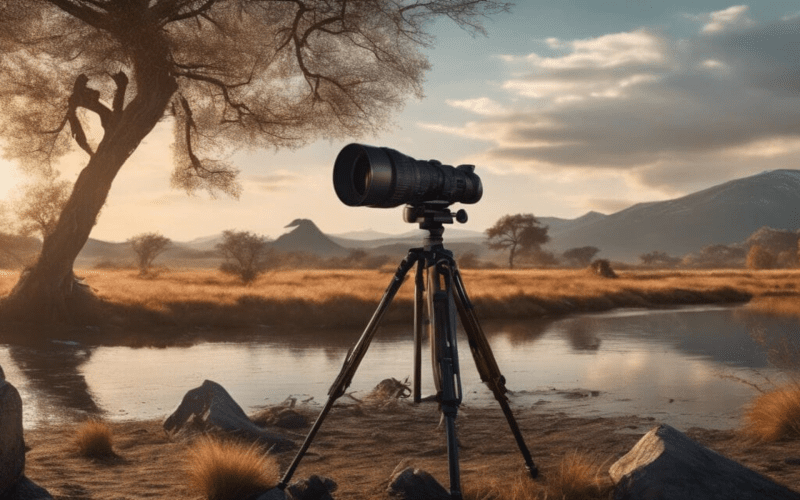When it comes to capturing stunning wildlife photographs, choosing the right camera lenses is essential.
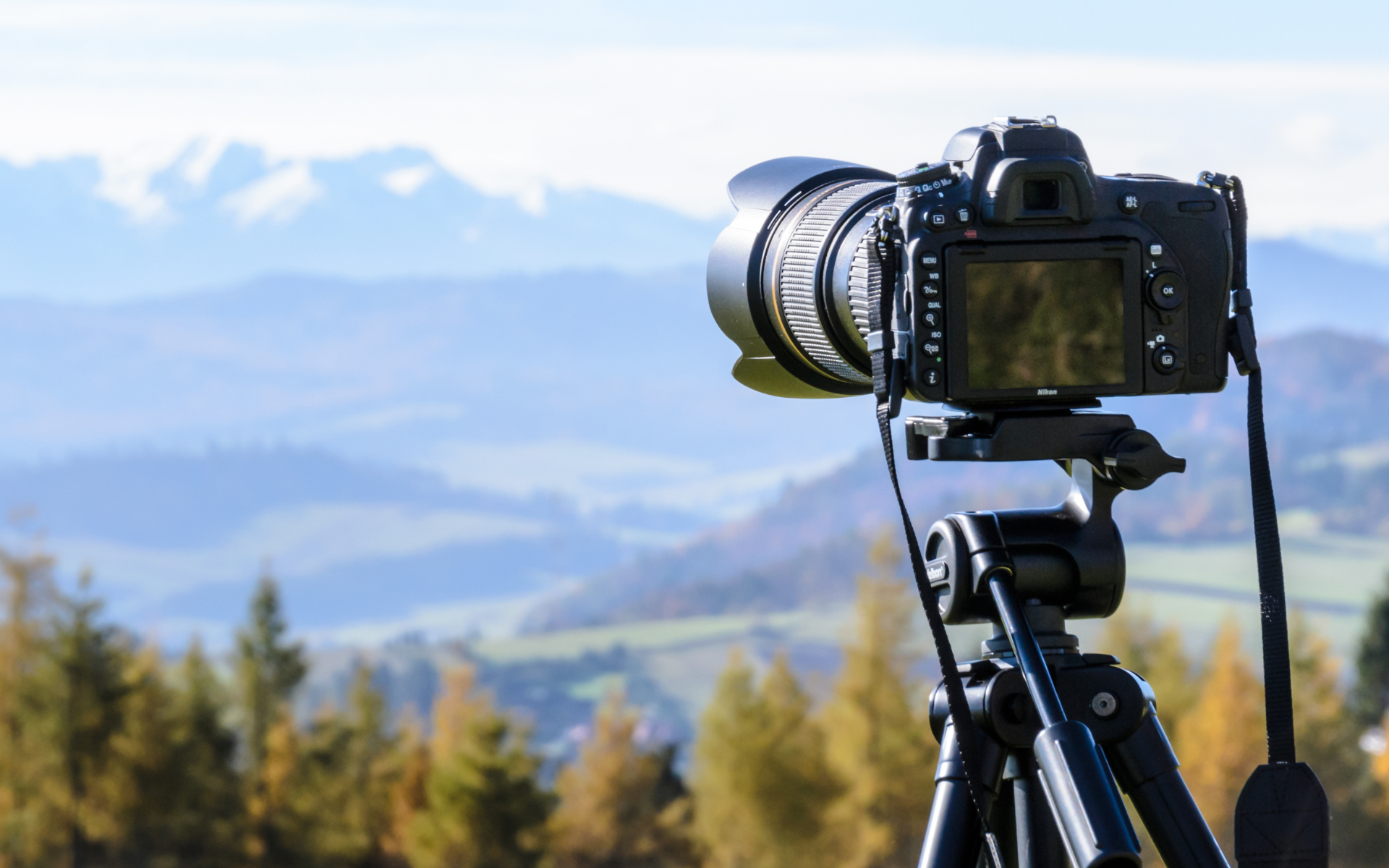
The ideal lens can make the difference between a blurry snapshot and a breathtaking image. Here are some of the top lenses you should consider for your wildlife photography adventures.
First on the list is the 70-200mm f/2.8 telephoto lens. This lens is versatile and perfect for those who want to get close to their subjects without disturbing them. The wide aperture allows for beautiful background blur, making your subject pop. It's great for both distant animals and capturing action shots, making it a favorite among wildlife photographers.
If you need even more reach, the 300mm or 400mm prime lenses are excellent options. These camera lenses are designed specifically for wildlife, offering sharp images with incredible details. The fixed focal length means you're getting a lens built for serious performance, and the larger aperture can be beneficial in low-light conditions, such as early mornings or late afternoons when animals are most active.
For those who prefer a more budget-friendly option, consider a 150-600mm zoom lens. This lens offers a lot of versatility without breaking the bank. It allows you to capture animals from a distance, making it easier to photograph skittish species. The zoom range means you can adjust your framing without having to change your position, which is vital when working in unpredictable environments.
Understanding Focal Length and Aperture
Aperture, on the other hand, refers to the opening in the lens through which light passes. It is represented by f-stop numbers such as f/2.8, f/4, or f/5.6. A lower f-stop number means a wider aperture, allowing more light to enter the camera. This feature is particularly beneficial in low-light conditions, such as at dawn or dusk when many animals are most active. Lenses with a wide aperture can also create a beautifully blurred background, isolating your subject and making it stand out even more.
When choosing camera lenses for wildlife photography, it’s essential to balance focal length and aperture. A lens with a long focal length and a wide aperture can help you capture stunning images even in challenging lighting conditions. Additionally, consider the weight and portability of the lens, as you may need to trek into remote areas to find your subjects. A lightweight lens will make those long hikes much more manageable, allowing you to focus on the wildlife rather than the gear you’re carrying.
Essential Features for Wildlife Lenses
When it comes to wildlife photography, choosing the right camera lenses is crucial for capturing stunning images of animals in their natural habitats. Here are some essential features to consider when selecting the best lenses for this genre of photography.
First and foremost, look for a lens with a long focal length. Wildlife photographers often need to shoot from a distance, as many animals are skittish and will flee from human presence. A lens with a focal length of at least 300mm allows you to get closer to your subject without disturbing it while capturing fine details. Telephoto lenses are particularly popular for wildlife photography because they can magnify distant subjects and provide excellent image quality.
Another important feature to consider is image stabilization. Wildlife can move quickly and unpredictably, making it essential to have steady shots. Lenses with built-in image stabilization help to reduce blurriness caused by camera shake, allowing for sharper images even when shooting at slower shutter speeds. This feature is a game-changer, especially when you have to shoot handheld in lower light conditions.
Tips for Capturing Wild Moments
When venturing into the wild to capture breathtaking moments, having the right tools is essential. One of the most important tools in your arsenal is your camera lenses. Choosing the appropriate lens can make a significant difference in the quality of your wildlife photographs. Here are some tips to ensure you capture those wild moments with clarity and precision.
First and foremost, consider the focal length of your camera lenses. Wildlife often resides in remote areas, making it necessary to have a lens that can zoom in without sacrificing image quality. Telephoto lenses, usually ranging from 200mm to 600mm, allow you to get close to your subject without disturbing them. This way, you can capture intimate moments from a safe distance.
Another essential aspect to consider is the aperture of your camera lenses. A lens with a wide aperture (like f/2.8 or f/4) can help you achieve beautiful background blur, allowing your wildlife subject to stand out in the image. This technique not only enhances the overall composition but also prevents distractions from the background, making the wildlife pop in your photos.
Don't forget about the versatility of your camera lenses. While some photographers may prefer to stick to one type of lens, having a variety can help you adapt to different shooting conditions. A combination of zoom and prime lenses can offer you the flexibility to quickly switch between wide-angle views and close-up shots of the wildlife. This adaptability is key when faced with unpredictable animal behavior.
